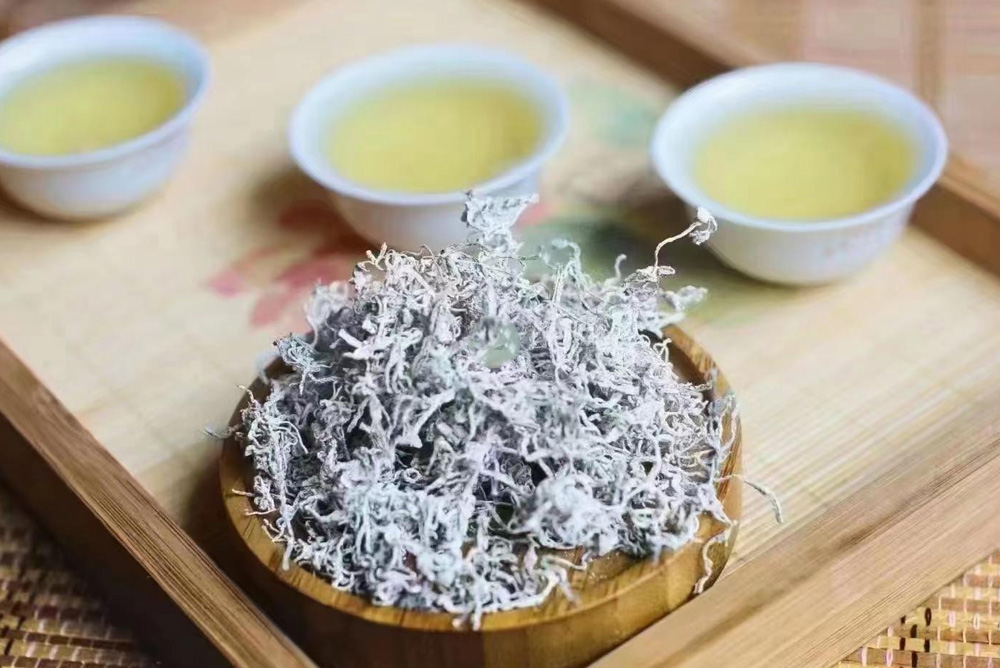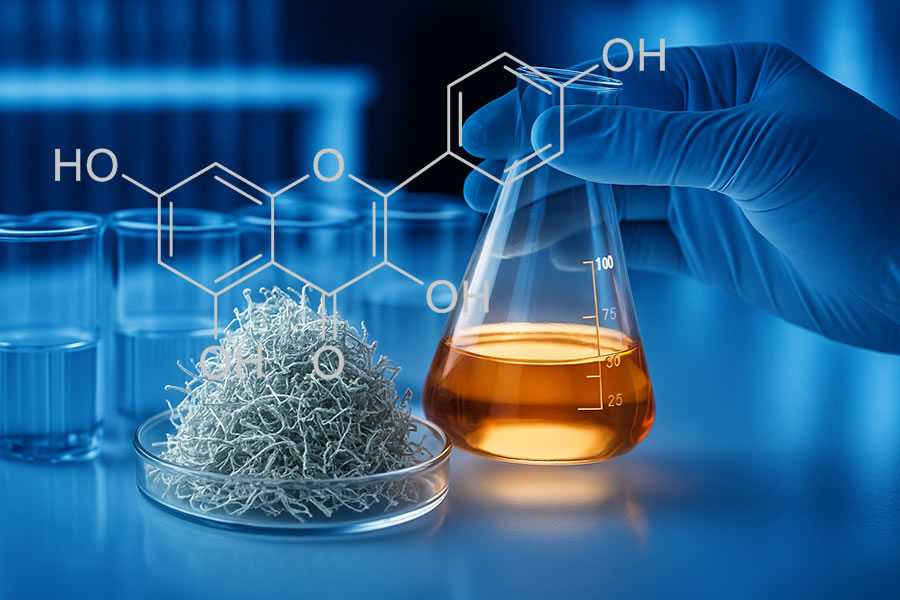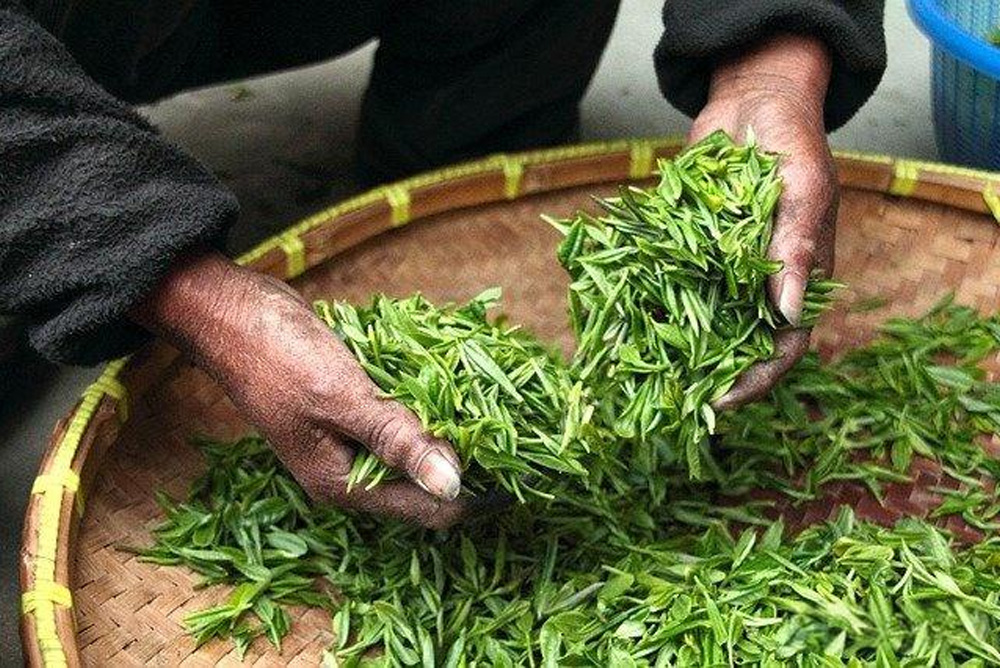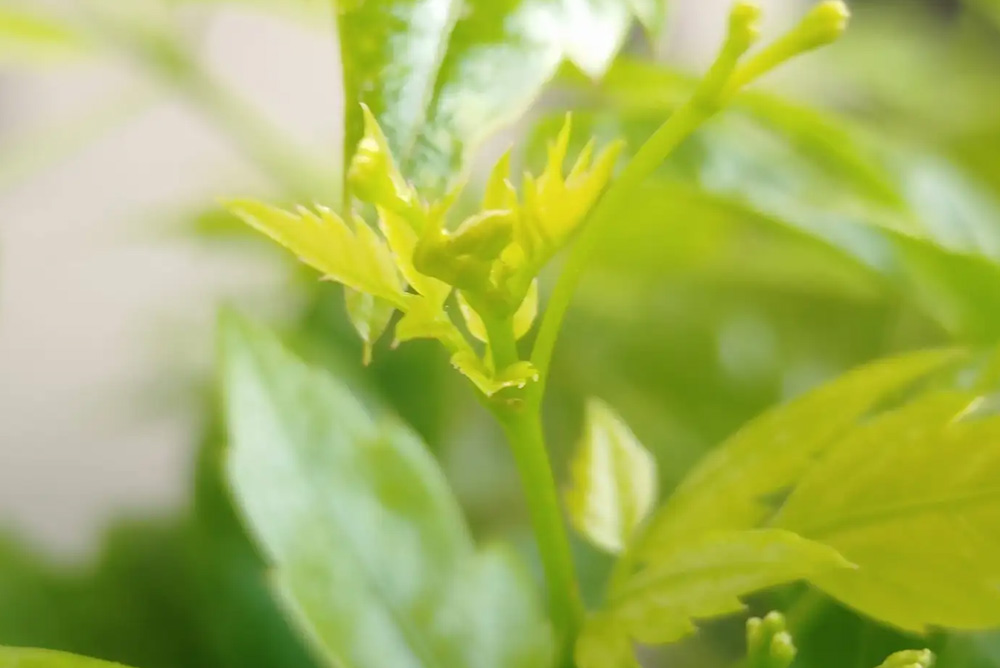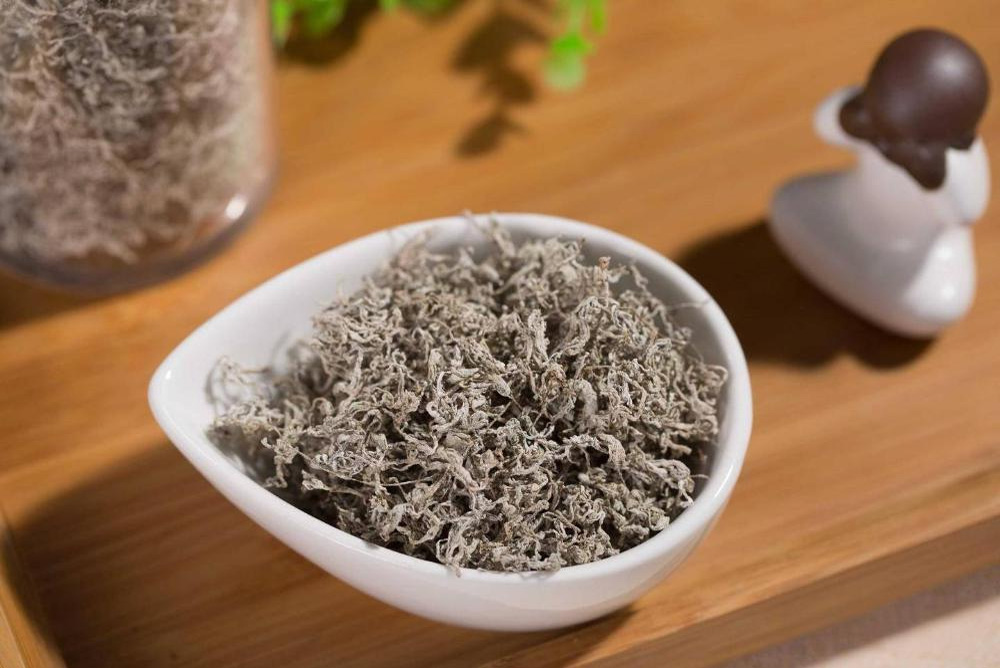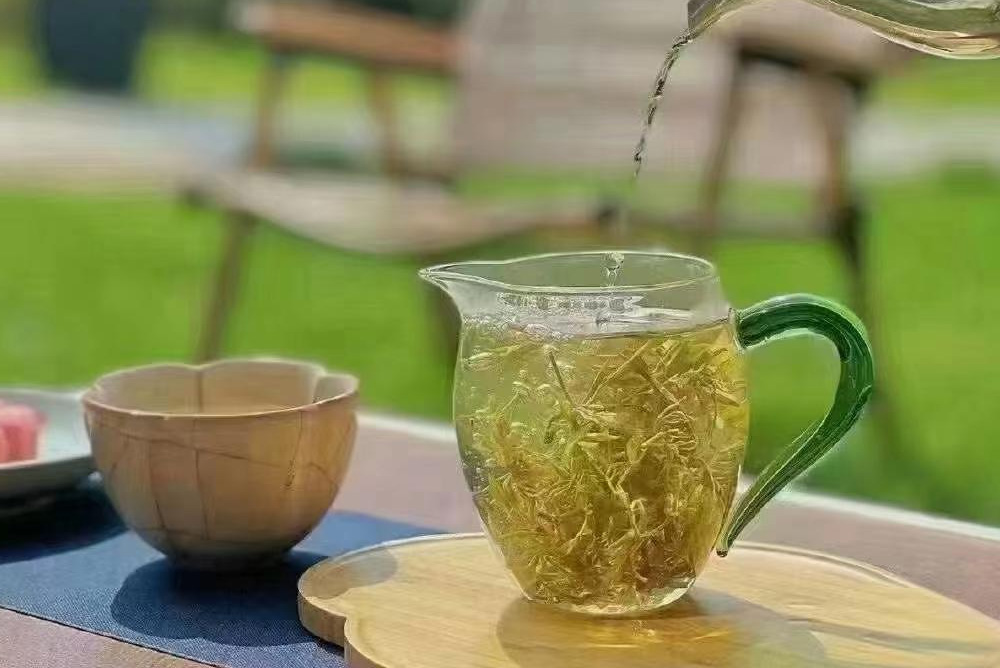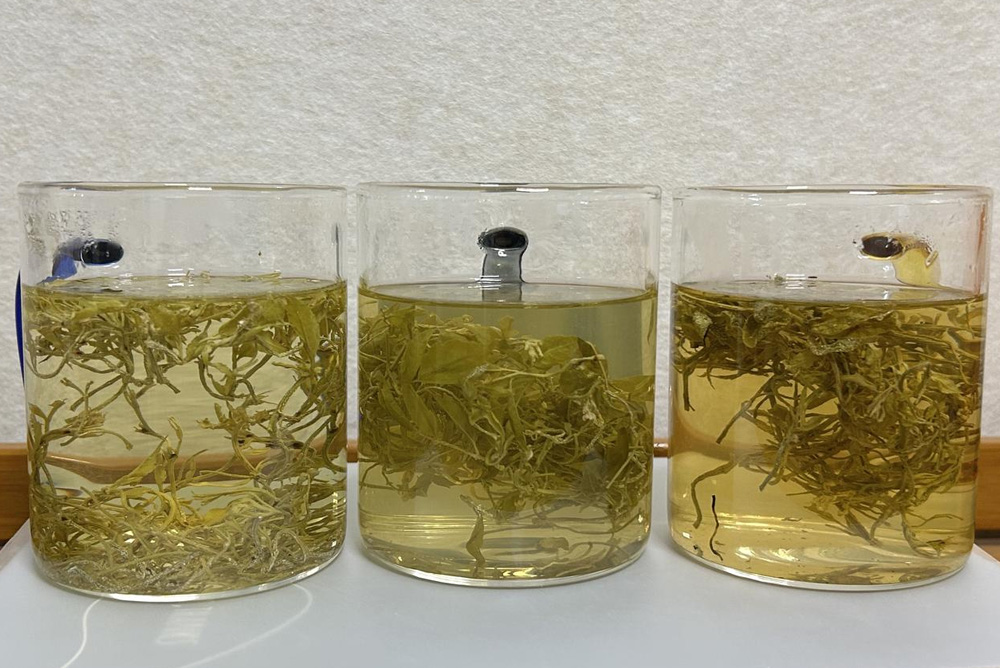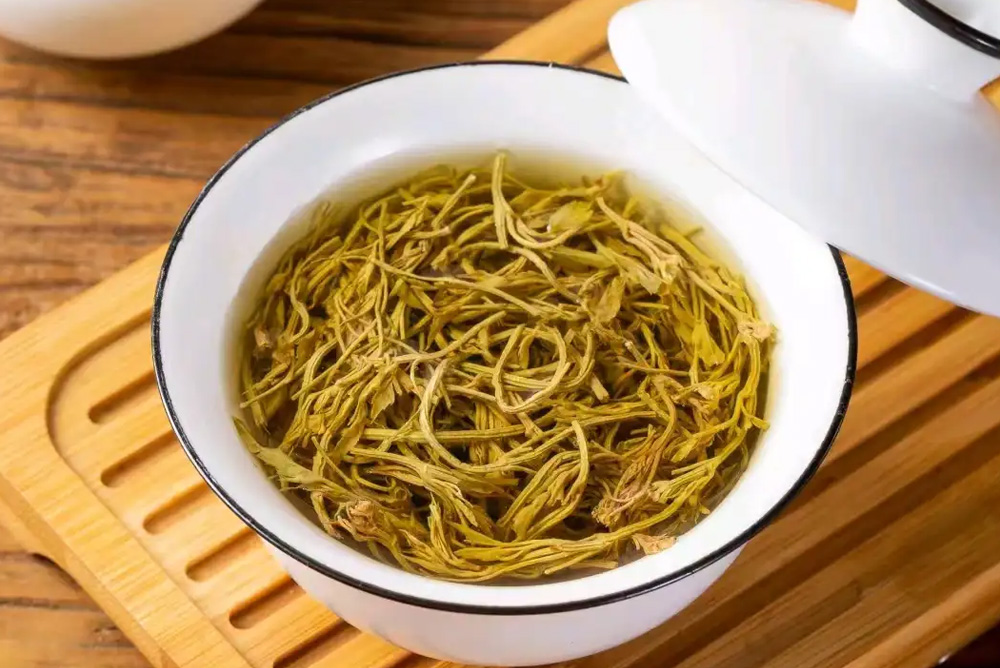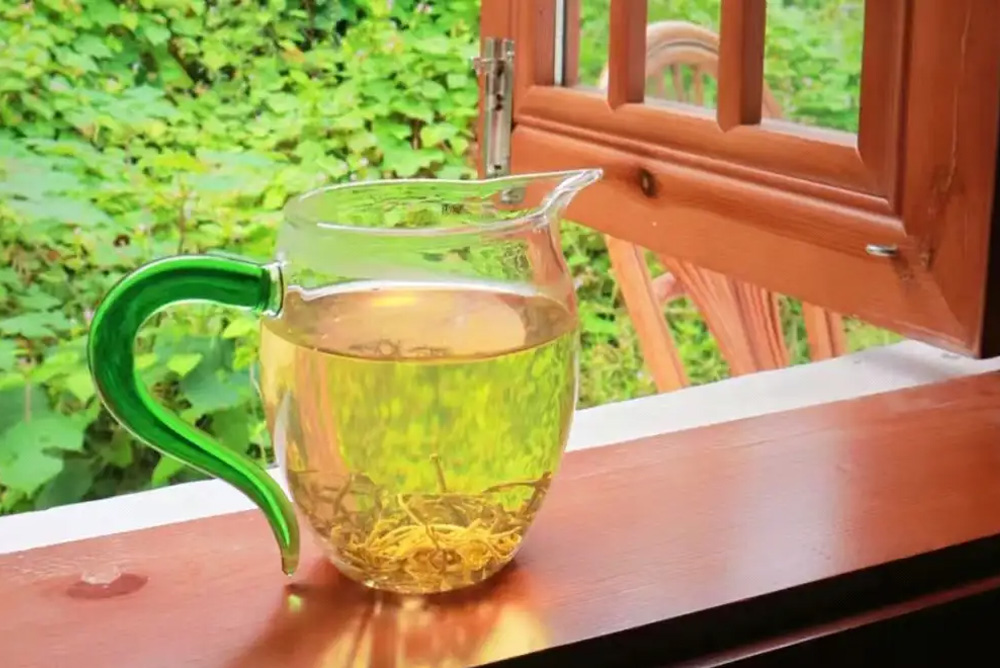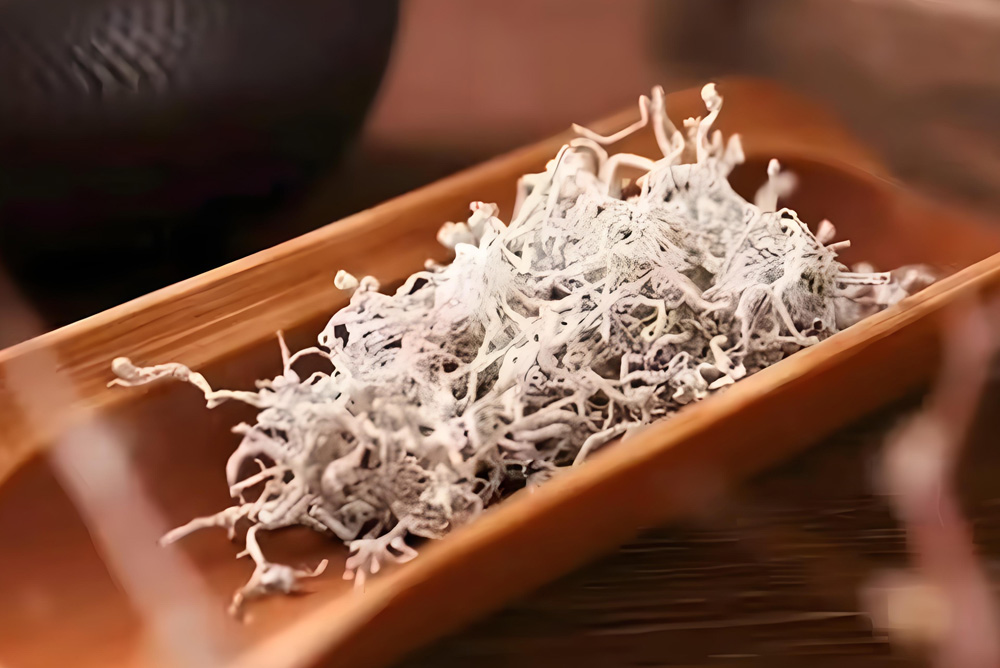Brewing a good cup of tea is both an art and a science. For health-conscious tea drinkers and professionals, understanding how to prepare vine tea (ampelopsis grossedentata) can make a big difference in taste and benefits. From selecting water to controlling temperature, each step matters.
Here is a clear guide to brewing vine tea the right way.
1. Know Your Tea First
Every tea has its own shape, color, and texture. Before brewing, observe the leaves of your vine tea. Are they delicate and thin, or thicker and older? This helps you decide how much to use and the best brewing method.
2. Water Is the Mother of Tea
The quality of water greatly affects the flavor. Soft water, such as purified, mineral, or filtered water, works best. Always boil the water fully before cooling it to the right temperature. Even if you need 85 °C, start by boiling at 100 °C, then let it cool slightly.
3. Choose the Right Teaware
The teapot or cup you use influences the outcome. Gaiwan (lidded bowls) and small teapots are versatile and work well for vine tea. Glass cups are especially good for green or delicate teas, as they allow you to enjoy the leaf shape and color.
4. Measure Tea by Volume
Tea leaves vary in size and weight. Fine or flat leaves may look small but weigh enough, while fluffy leaves appear bulky but are lighter. Use the volume method—filling a portion of your brewing vessel rather than relying only on weight. Adjust according to your taste.
5. Water Temperature Matters
Temperature shapes flavor.
-
High temperatures bring out stronger, bolder flavors—ideal for older or thicker vine tea leaves.
-
Lower temperatures give a gentler taste and protect tender leaves from bitterness.
For vine tea, use hot water above 95 °C to release its rich flavonoids and signature sweet aftertaste.
6. Control Steeping Time
Time affects both strength and balance. Short infusions bring out freshness, while longer steeping deepens flavor. For example:
-
First steep: 3–5 seconds, quick pour.
-
Each later steep: Add 3–5 seconds more.
If leaves are broken, shorten the time to avoid bitterness. Pressed vine tea cakes may need longer steeping to fully open.
7. Enjoy Tea Your Way
Ultimately, the best cup is the one that suits your taste. Brewing vine tea doesn’t need to be rigid—adjust leaf amount, water, and time to match your mood. The joy of tea is not only in its health benefits but also in the comfort it brings.
Discover Authentic Vine Tea with JINQI
Learning to brew vine tea (ampelopsis grossedentata) properly helps unlock its unique flavor and natural health benefits. With the right water, teaware, temperature, and timing, each cup becomes a rewarding experience.
At JINQI Vine Tea Co., Ltd., we are dedicated to producing authentic, high-quality vine tea from Laifeng County. Backed by over 20 years of expertise, our GMP-certified teas are trusted by global partners for both wellness and business.
👉 Contact JINQI today to source premium vine tea directly from the origin.
FAQs
Q1: What is the best water temperature for brewing vine tea?
Use water above 95 °C to release vine tea’s flavonoids and natural sweetness.
Q2: How much vine tea should I use per cup?
About 2–3 grams per 300–400 ml of water is ideal, but adjust by taste.
Q3: Can vine tea be re-steeped?
Yes, but vine tea is not very durable. It’s best for 2–3 infusions.

